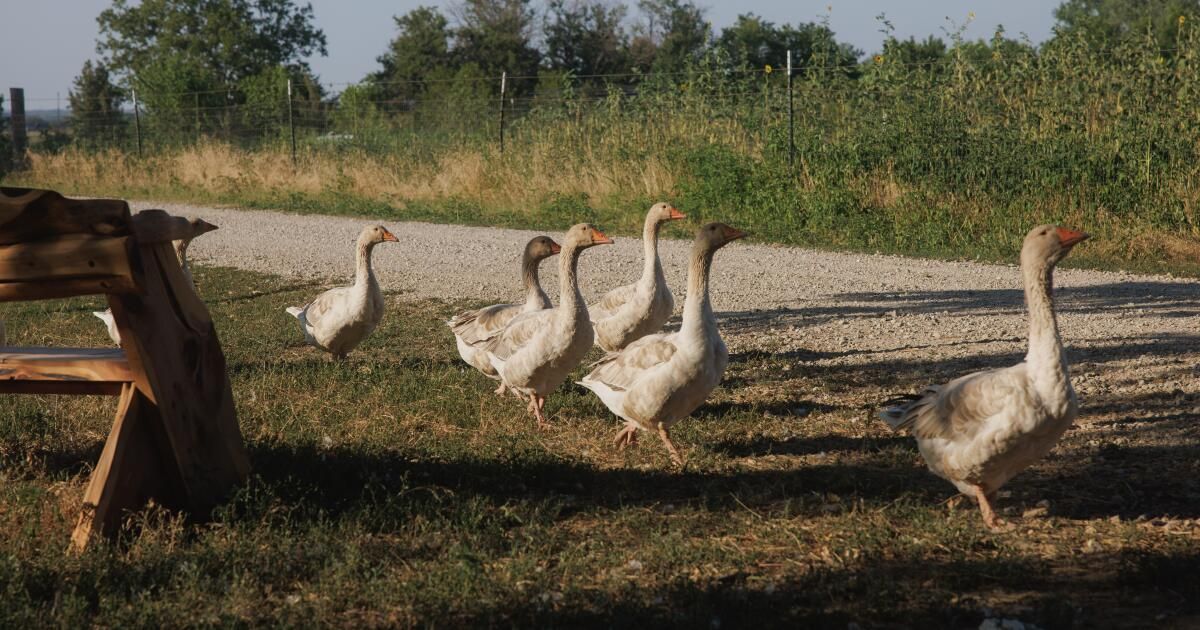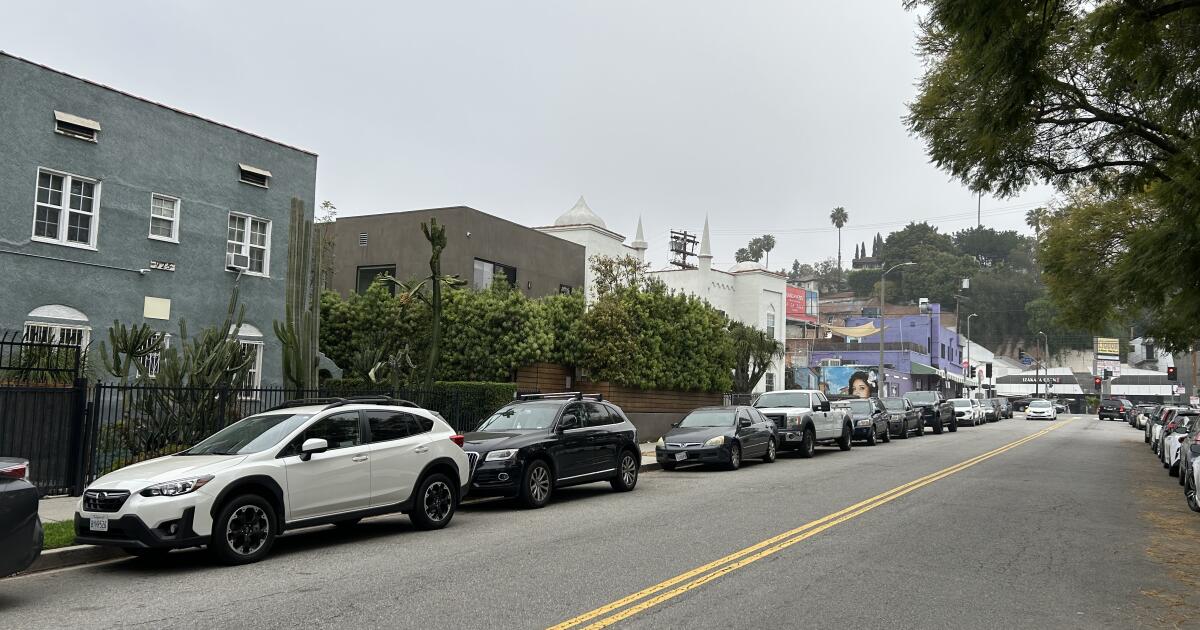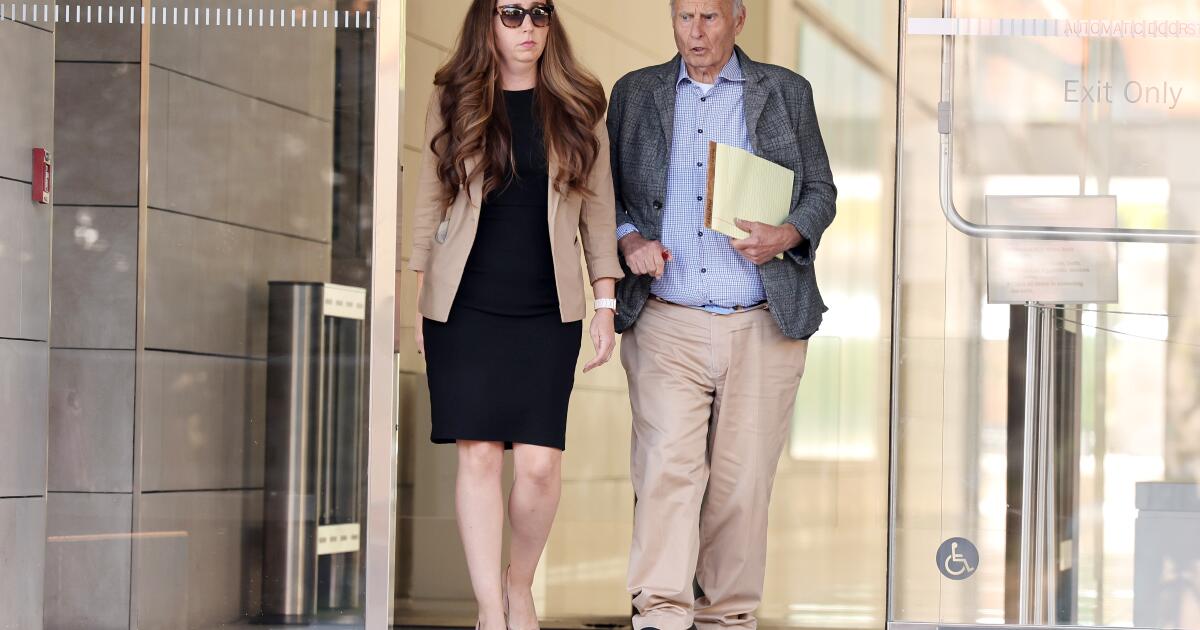For the past two decades, my mother has been building a small family farm in upstate New York. I’ve had a front-row seat to the trials and glories of raising a large flock of chickens, starting a fruit orchard, and growing an extensive vegetable garden. Rising with the sun, shoveling poop nonstop, weeding nonstop, trying to outwit pests and predators nonstop, praying nonstop for rain — but not too much at once. (Of course, growing food is hard enough without also having to deal with climate change, the changing seasons, and the extreme weather that comes with it.)
It's not exactly a quiet retirement for my mother, but it's a rewarding one. She's in love with the concept of climatic victory gardensof growing your own food as an act of patriotism for the Earth. It's amazing how much food can be grown on a single acre. We have (in my biased opinion) the most beautiful chickens in the world running around among the fruit and shade trees, eating bugs and comfrey and our scraps and whatever greens they can steal from the raised beds, fertilizing the soil with their droppings and laying perfect eggs.
Like many, I am descended from farmers and fishermen if we go back a few generations. From when food was real, local and fresh by default, when there was no need for the term “organic”. Today, instead of diverse crops and animals, integrated and nourishing each other and the soil with a flourishing microbiota, we have a scenario of high pesticide use, long distance, ultra-processed and mainly monoculture. This is harmful to us and to ecosystems. The nutrients in some vegetables are up to 100% organic. 30% lower compared to the 50s. (You have to eat three times more broccoli (to get the same amount of calcium!) The ocean side of things has taken a similar direction, with overfishing and aquaculture destroying habitats and having horrific records of human rights abuses.
This is partly a cultural issue. Compared to people in other wealthy countries, people in the United States spend the minimum in food as a percentage of income and Most in health careWe expect bargain-priced food and subsidize everything we shouldn't, like fossil fuels and corn ethanol, while farmers race to lower prices, to the detriment of farmworkers, consumers and biodiversity alike.
Globally, research indicates that the food system is the source of 33% greenhouse gas emissions. We are told that it has to be this way to feed the It is estimated that 8 billion people on the planet. But there is clearly much room for improvement.
Soil, the backbone of agriculture, is a magnificent substrate that can absorb gigatons of carbon from the atmosphere, but only if it is alive, teeming with roots and microorganisms. To reclaim our agricultural soils, we need to return to regenerative organic practices, including keeping roots in the soil at all times (never bare or prone to erosion), reducing tillage, and planting cover crops and perennials. We need to grow a greater diversity of crops, rotate them, use compost to replenish soil nutrients, and eliminate fossil fuel-intensive chemical pesticides and fertilizers.
Reintroducing these regenerative agriculture practices will lead to healthy soil, which will lead to healthy plants that harvest atmospheric carbon dioxide through photosynthesis. This CO2 is used both to build plant tissues and to feed carbon to microorganisms (aka microbes) in their roots, which deposit carbon into the soil. Together with worms and other bugs, these microbes (like bacteria and fungi) allow for more water uptake (rather than runoff), break down organic matter, and help transfer minerals from the soil to plant roots. It’s good for the water cycle, good for the carbon cycle, good for biodiversity. A virtuous symbiosis that prepares the soil for future seeds.
Some version of “back to the land” has to be part of our climate solution: more people getting back into farming. Leah Penniman and her family started Soul Fire Farmalso in upstate New York, in 2006. They’ve been manifesting that vision, growing food in a way that’s grounded in community, justice, and food sovereignty. I first learned about Penniman in December 2016, when I received an email from my mother containing a link to an hour-long video that I ended up watching in its entirety. It was of Penniman speaking at a Northeast Organic Farming Association conference.
When I interviewed Penniman for my book, he helped me see how agriculture and our food system can and must be transformed. One of his most striking insights was how to treat carbon not as an enemy, but as a natural element that has been wasted.
We have vilified carbon as the cause of climate change, but carbon is the fundamental element of all life. It's just in the wrong place. It's in the atmosphere as methane and carbon dioxide, causing the greenhouse effect. We need it in the soil and in the bodies of living things.
Or as Penniman put it: “Carbon is life,” something we need “back in the soil ecosystem, where it is doing immense good, feeding us and stabilizing the soil when the floodwaters come in.”
I’m further inspired by something Larisa Jacobson of Soul Fire Farm told Penniman: “Our job as farmers is to restore carbon and life to the soil. That’s our number one duty as farmers.”
Ayana Elizabeth Johnson is a marine biologist and policy expert. She is co-founder of the non-profit think tank Urban Ocean LaboratoryDistinguished Scholar at Bowdoin College, co-editor of the bestselling climate anthology “All We Can Save” and author of “What if we get things right?: Visions of the climate future”, from which this piece is adapted.












